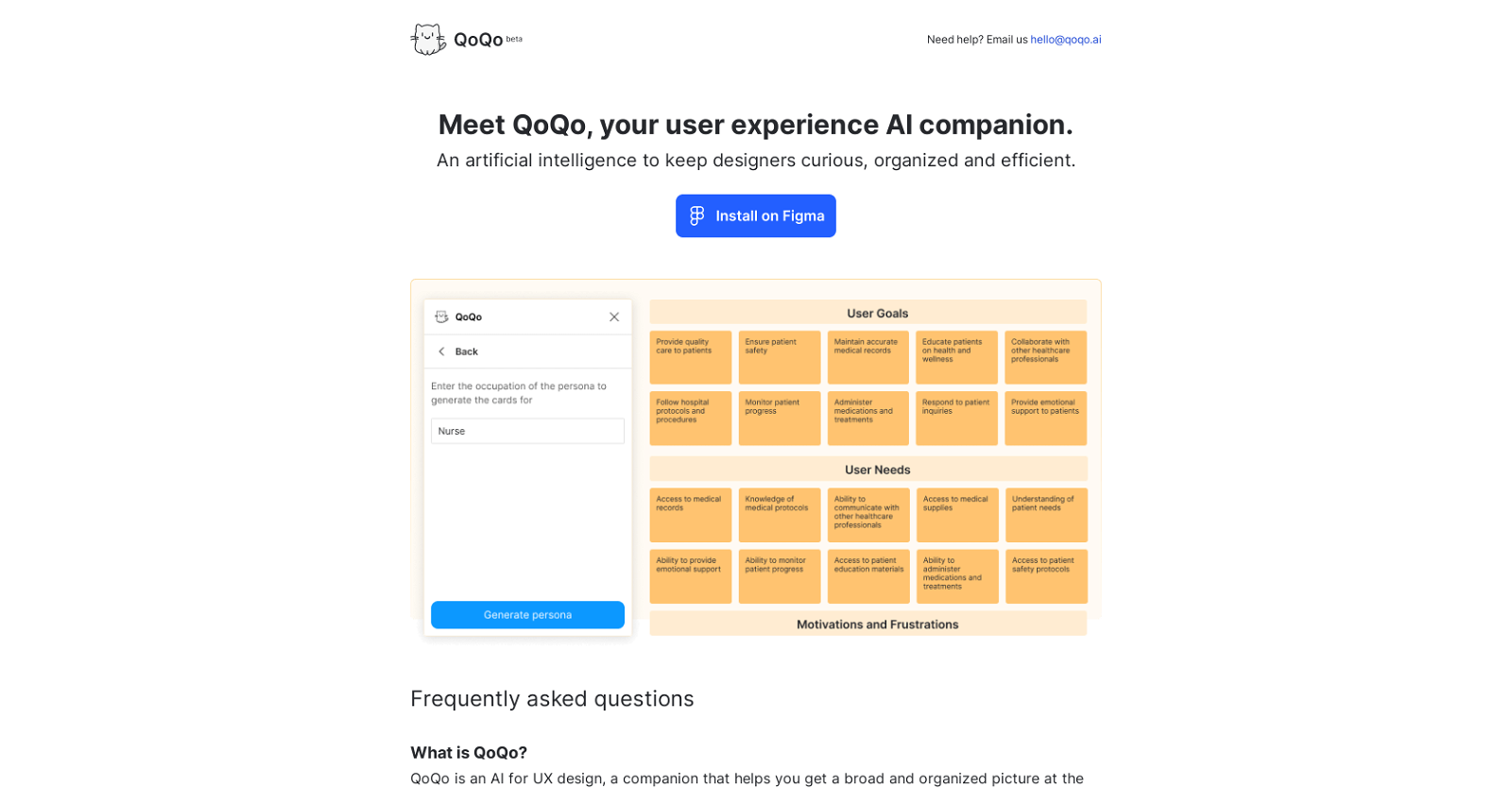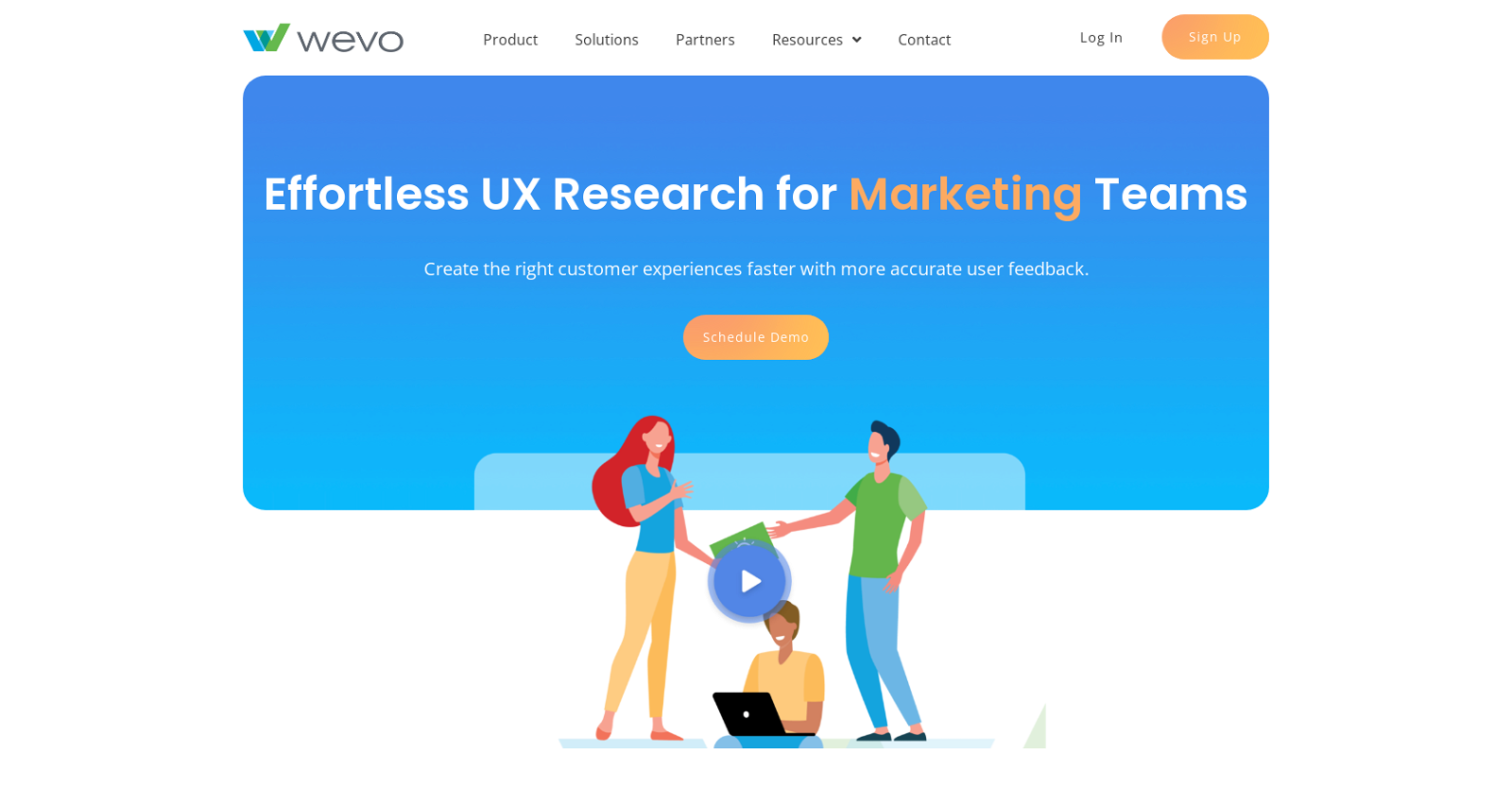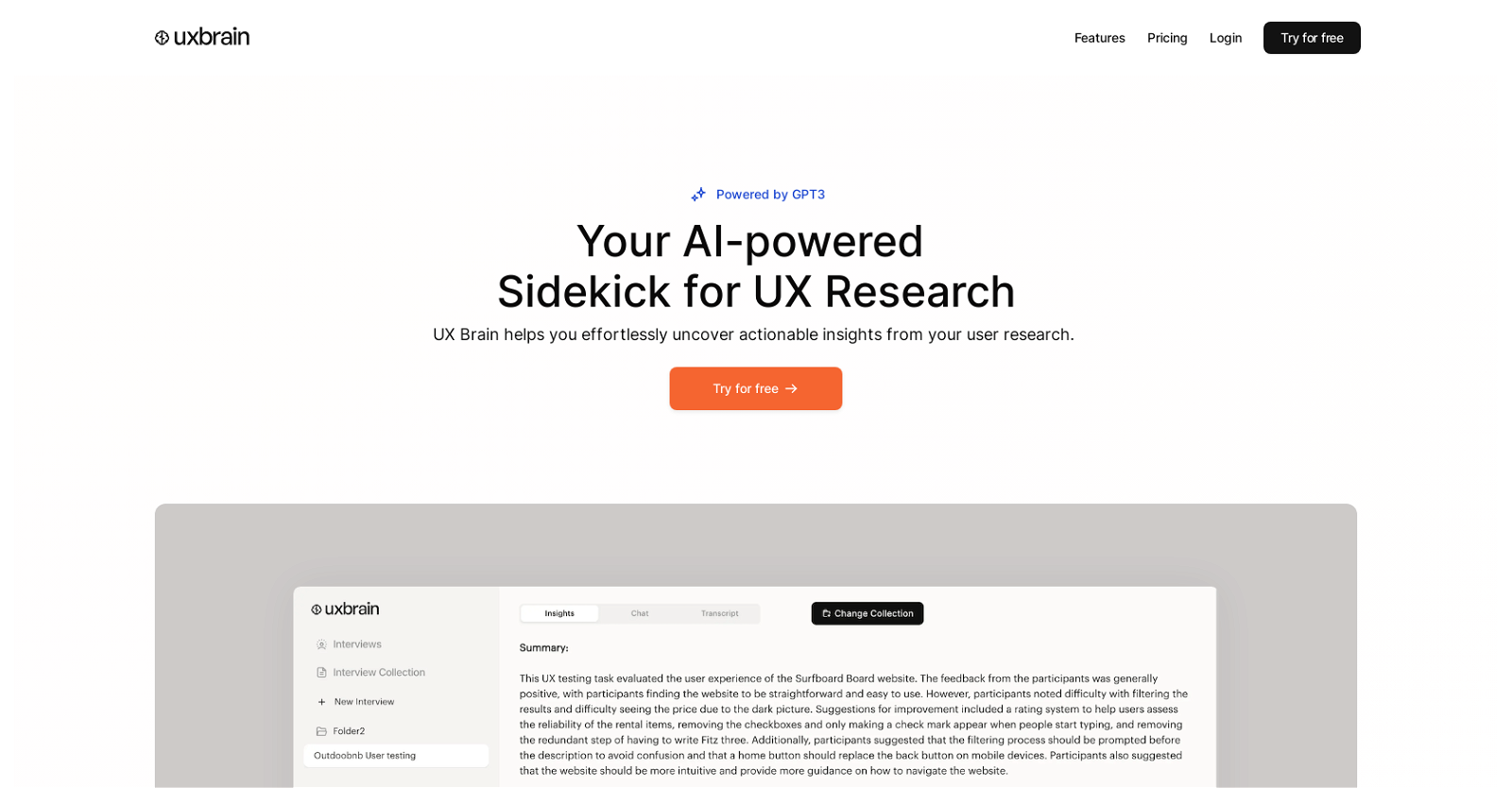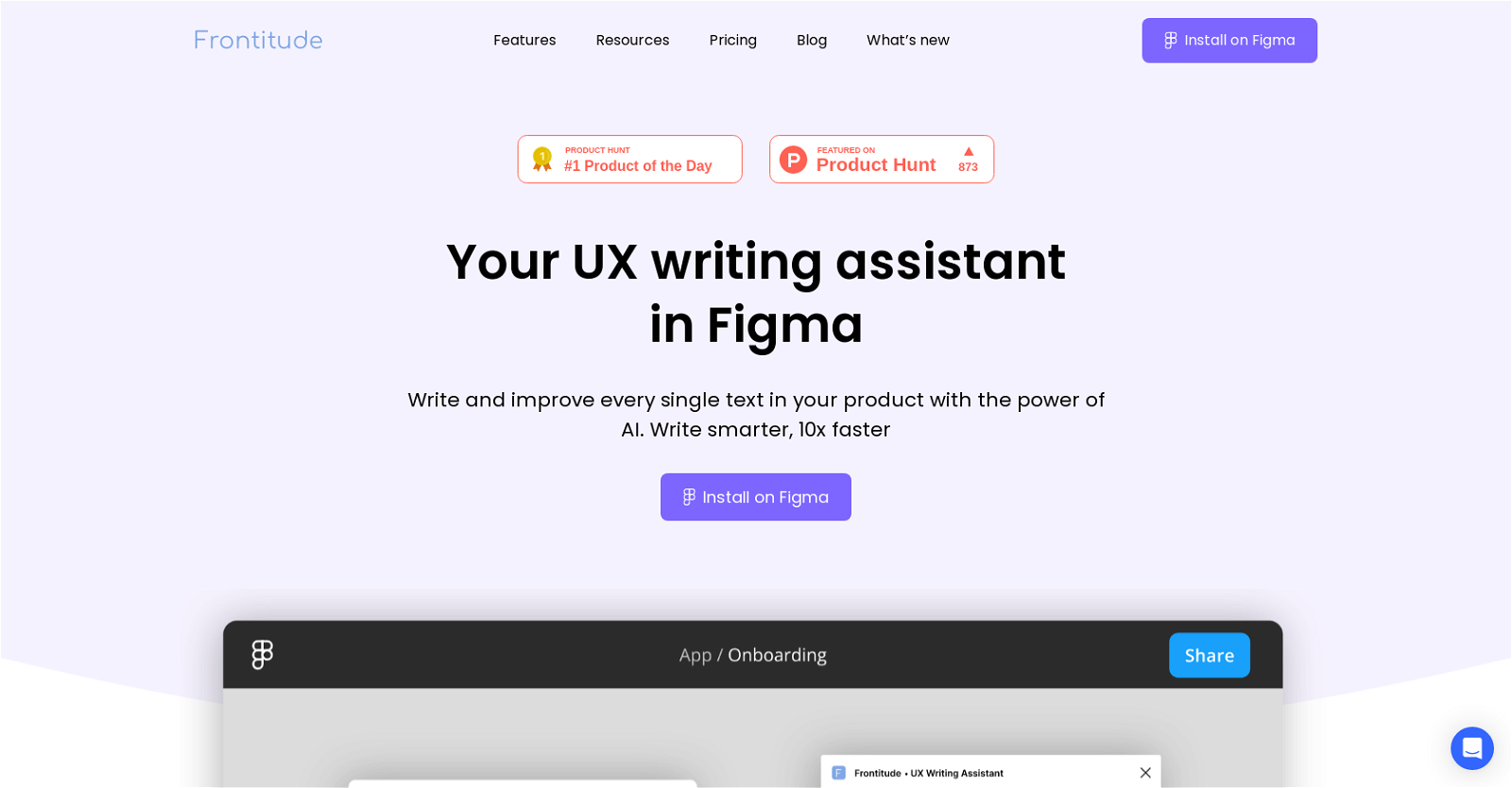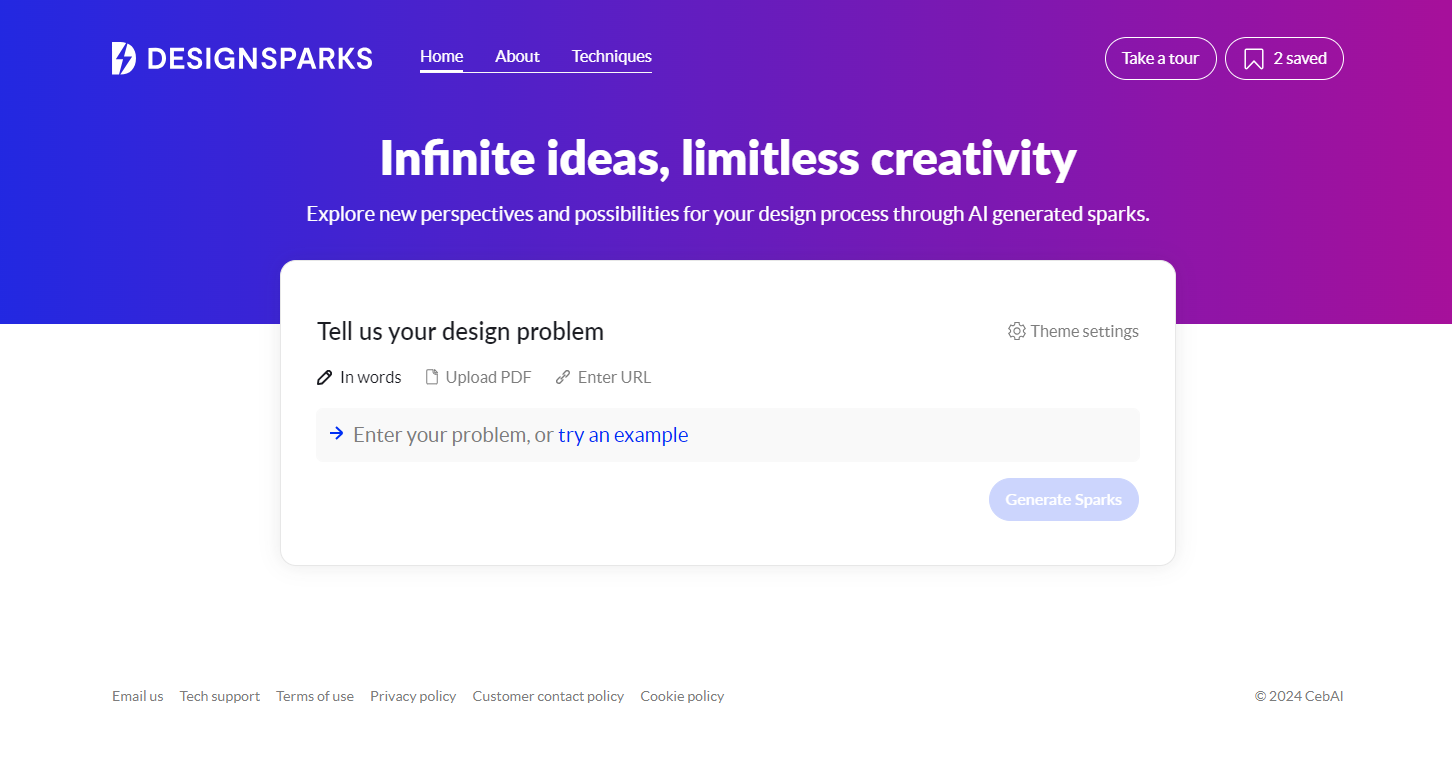QoQo
QoQo is an AI tool for UX design that helps users get a broad and organized picture at the early stages of the design process. The tool uses input from the user to generate cards for building a persona with user goals, needs, motivations, frustrations, and tasks. Additionally, it can help identify key elements and challenges for your design brief. QoQo is powered by OpenAI and is accessible as a Figma plugin. The tool is designed to be used in combination with user research, as it doesn’t know about a specific context a user may be looking at, particularly if there haven’t been qualitative publications about it.
QoQo aims to address the issue of bias in AI tools by integrating de-biasing models to greatly reduce bias and consistently improving this aspect. The tool is created by UX designers turned product managers and a developer who are passionate about the intersection of generative design and AI in changing the field of UX design. When using the tool, only the prompts the user adds in the text boxes are sent to the AI to get results from the model, but they are not retained nor used for training.
Overall, QoQo is an AI companion that can help designers stay curious, organized, and efficient throughout the UX design process.

